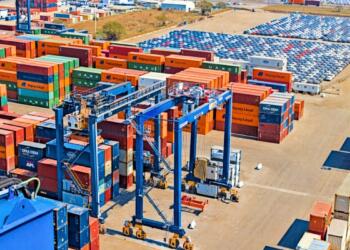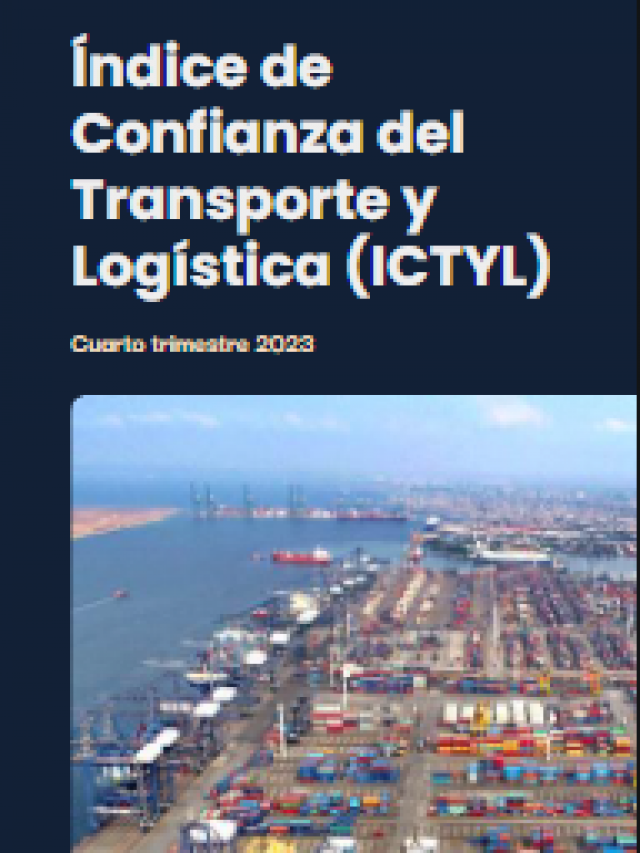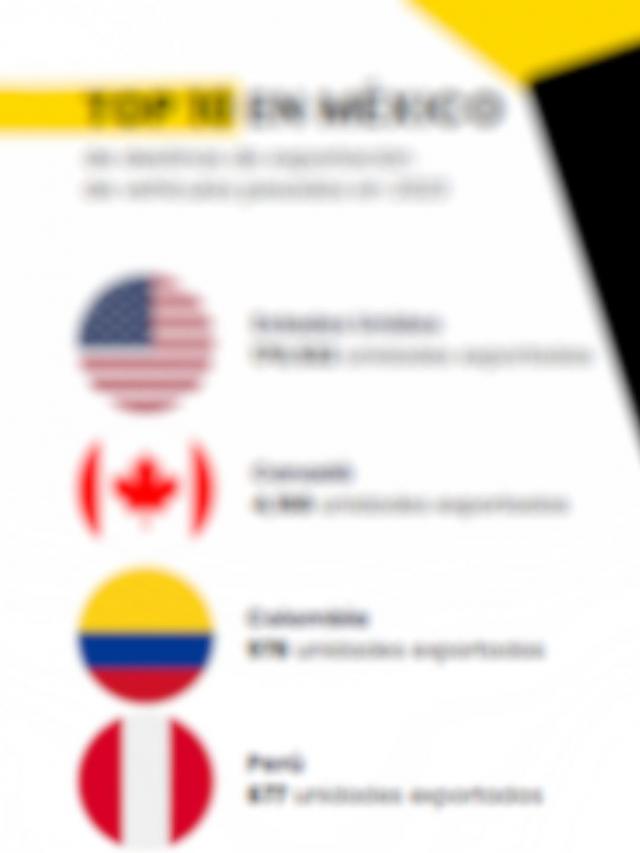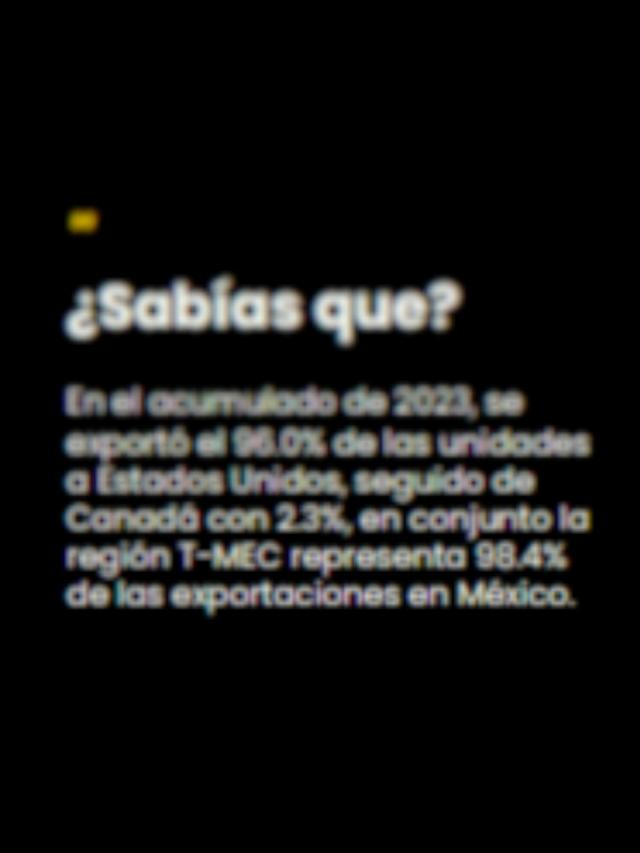 Mother’s Day is one of the holidays that boosts logistics worldwide and brings with it an increase in demand for flowers. Millions of stems are transported by air around the world via various airlines such as the LATAM Group , which moved more than 25,000 tons, and Avianca Cargo, which handled more than 20,000 tons.
Mother’s Day is one of the holidays that boosts logistics worldwide and brings with it an increase in demand for flowers. Millions of stems are transported by air around the world via various airlines such as the LATAM Group , which moved more than 25,000 tons, and Avianca Cargo, which handled more than 20,000 tons.
The Netherlands is the world’s leading flower producer, accounting for around 68% of total floral production, while Colombia is currently the world’s second-largest exporter of cut flowers.
The LATAM Group, through its cargo subsidiaries, transported more than 25,000 tons of flowers from Colombia and Ecuador, a volume that represents a 4% increase compared to the same holiday last year.

“The strong results we achieved this Mother’s Day season are a clear testament to the trust our customers place in LATAM. Our commitment to the flower industry and to each and every one of them transcends peak demand periods,” said Claudio Torres Faini, Commercial Director for South America at LATAM Cargo Group.
The company significantly increased its cargo flight offering, increasing frequencies from Colombia and Ecuador by 48% for this celebration.
The Mother’s Day operation resulted in a logistical deployment of more than 430 takeoffs in just three weeks , of which 231 flights departed from Bogotá and Medellín, and 200 originated in Quito, connecting the flowers to key markets such as the United States and Europe.
Meanwhile, Avianca Cargo mentioned that this season closed with a new record , moving 20,100 tons of flowers transported from Colombia and Ecuador to the United States and Europe.
This, he explained, is an achievement that directly impacts the well-being of thousands of families, in an industry where 70% of formal jobs are held by women.
“Behind every flower is a team committed to a common purpose: to ensure that each flower arrives fresh, on time, and with the care that only a mother can understand. Thank you to our teams, partners, and customers for being part of this shared achievement, and to all the mothers who make it possible inside and outside our operations,” she said.
While the Maerks shipping company indicated that while 93% of Colombia’s flower exports are transported by air, ensuring rapid delivery to meet the tight deadlines of this important holiday, 7% are shipped by sea.
Although he explained that although it is slower, maritime transport offers a significant advantage: it allows the transport of large volumes at carefully controlled temperatures.
For example, when flowers are transported from Colombia to the United States, the process begins with the harvest, then they are carefully packaged, pre-cooled, and loaded into temperature-controlled containers. They are shipped via the America Shuttle route from ports like Cartagena and Buenaventura to Miami, Jacksonville, and the Port of Hueneme. Upon arrival, shipments are inspected and transferred to cold storage facilities in cities like Charleston and Houston, maintaining optimal freshness. From there, they are distributed throughout the country through a temperature-controlled network.
“Behind every bouquet lies a complex and carefully timed logistics chain. The logistical challenge of keeping flowers fresh from the field to the florist is significant. Flowers, being highly perishable, require strict temperature control, specialized packaging, and precise transportation scheduling to maintain their freshness from the grower to the end customer,” he noted.
Comment and follow us on X: @evandeltoro / @GrupoT21












